In 1540 the Spanish brought the potato to Spain from present day Peru. Over time it served as a citrus replacement when Spanish captains noticed that sailors who ate the raw potato did not suffer from scurvy on the long voyages.
In 1597 a British botanist named John Gerard began growing the potato in his garden primarily as a decorative plant. This was a variety brought from Virginia so Gerard referred to it as a Virginia Potato even though it is almost certain to have originated in South America. Meanwhile the potato traveled from England to Italy in 1585, to Belgium and Germany by 1587, to Austria by 1588, and finally to France in 1590.
For a variety of purely fanciful reasons, the French rejected the potato and at one point, through the machinations of the Academy of Besancon, banned the growing of it. Claims were made that it caused leprosy. In 1588 the Irish recovered flotsam from a Spanish ship which wrecked off the coast. Some of the potato samples it carried had washed ashore.
The Irish took to it immediately and it grew on that island from that point forward, even well after the potato famine of 1845. (see below)
Meanwhile the potato was reintroduced in the United States in the 1600s where it was primarily grown as feed stock for pigs. Finally, in 1719 Scots-Irish immigrants established it as a food crop for humans and it began spreading across the U.S. Even then it was primarily grown as animal feed. Progress through the U.S. spread slowly westward.
Back in Europe, in 1771, a French scientist named Antoine-Augustin Parmentier, of the Academy of Besançon, gave the potato a reprieve when his examination of the tuber proved that the potato could supply both the starch and the nutrition needed by humans. In fact, he determined that a potato and a serving of milk would provide complete human nutrition in one meal.
It was no coincidence that Parmentier had been taken prisoner by the Prussian army five times during the Seven Years' War (1756-1763) and given only potatoes and water. This period of incarceration informed his scientific research. Today many French potato dishes are named in Parmentier’s honor.
By 1845 the Irish population had doubled, primarily due to the potato, and through 1849 the Irish experienced a 40% failure of the potato crop. Though unknown at the time, the failure was caused by fungal spores spreading across the island. The spores are thought to have originated in South America and carried there on a ship that had just made port. A “perfect storm” of conditions made Ireland the perfect incubator for this fungus and it quickly spread across the island. In five days time any potato plant so infected began rotting in the ground. Many of those harvested, though looking edible, later fell victim to this parasitic fungus while in storage. Because farmers left the rotting tubers in the ground, the fungus resurrected yearly, for the next four years. The blight caused at least one million deaths from starvation and or disease, and caused another one and a half million to leave Ireland to immigrate to the United States.
In North America, by the 1850s, the potato was grown nearly everywhere, but still almost exclusively as cattle fodder.


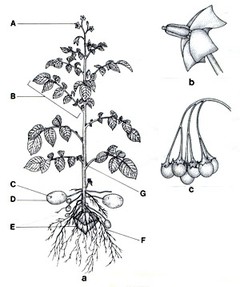 About The Potato
About The Potato
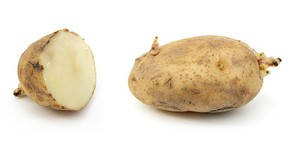
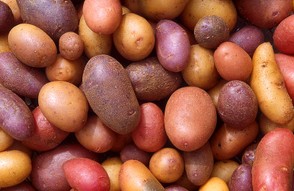
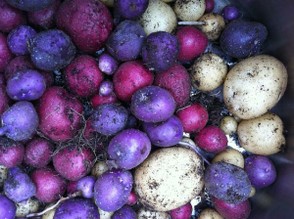



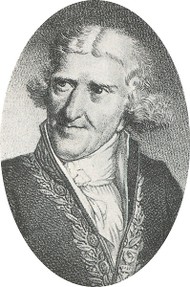 Despite having proved the potato a healthy food item in his research, Parmentier met with stiff resistance. Because of his efforts, the Paris Faculty of Medicine deemed the lowly potato edible in 1772 one year after Parmentier released his findings.
Despite having proved the potato a healthy food item in his research, Parmentier met with stiff resistance. Because of his efforts, the Paris Faculty of Medicine deemed the lowly potato edible in 1772 one year after Parmentier released his findings.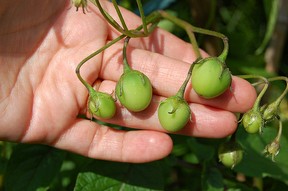
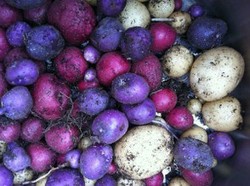

 Crêpes and Crêpe Disheson 09/14/2016
Crêpes and Crêpe Disheson 09/14/2016
 About Me - Liam Beanon 11/28/2014
About Me - Liam Beanon 11/28/2014
 About Ebolaon 11/08/2014
About Ebolaon 11/08/2014

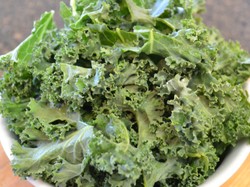
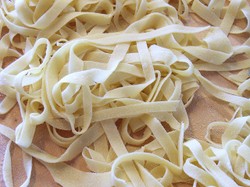
Comments
I really enjoyed that, thank you. I know it was also banned in Burgundy at one point, because it apparently looked like the goddess Venus, or something like that. I really should look things up before telling you half a story!